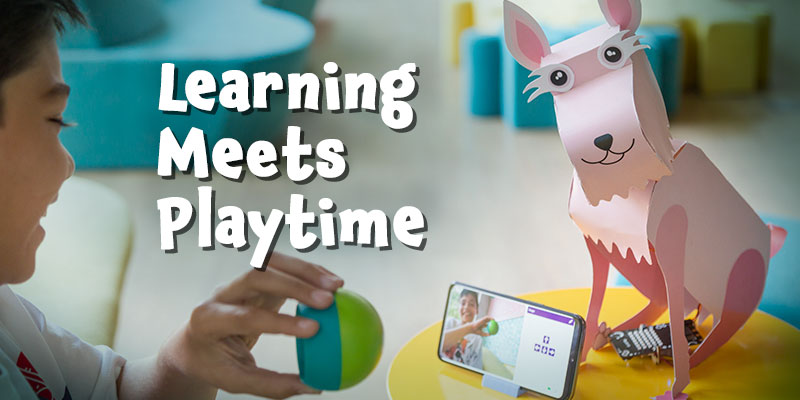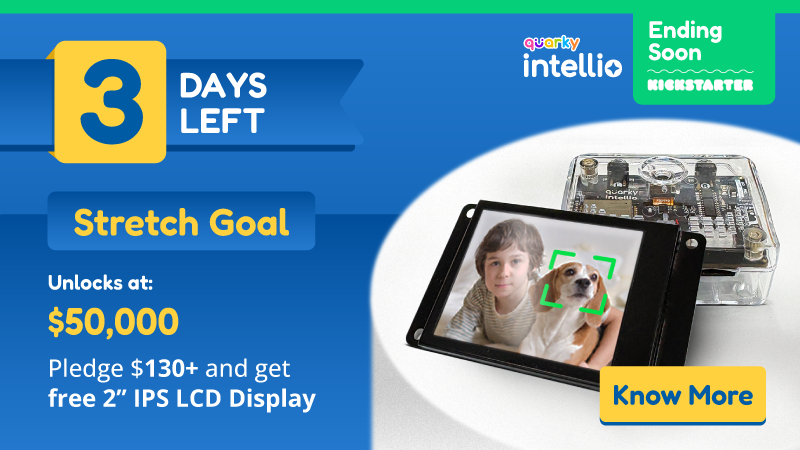Robotics (or automation, in general), like electricity and information technology, is now considered a General Purpose Technology, which means that it has the potential to remarkably impact the progress of a society, a nation, or the entire world both economically and socially. It should then come as no surprise that it becomes all the more important to incorporate in the classroom and weigh its potential benefits in making today’s youth technologically sound for the future towards which the world is headed.
Why Teach Robotics?
Apart from the obvious benefits that the field of robotics has brought with it for the world as a whole, it has been found out that incorporating robotics in the classroom is perhaps the best way to introduce students to the subjects of STEM and that it will play a major role in strengthening the STEM pipeline.
Here’s why robotics should be incorporated into classrooms and the lives of children, in general, as early as possible:
-
One Word for Everything STEM
Robotics stands for what STEM signifies: an interdisciplinary approach for teaching science, technology, engineering, and mathematics. When robotics is properly used classrooms, the robots form the basis of a cross-curriculum activity, an ideal resource that can be used to teach mathematics, scientific principles, design and technology, and programming. From brainstorming the purpose, building circuits, writing codes for expected functionalities, and putting the machine together, everything requires a highly interdisciplinary knowledge and makes the student go through a series of tasks based on learning by doing.
-
Makes Learning More Fun and Creative
At first, robotics may seem as if it is for the geekiest of the geek and the nerdiest of the nerds. On the contrary, it is quite fun; actually, super fun! If we go a bit into etymology, the word robot comes from the Czech word robota which means forced labor. Putting it in a nicer way, robots are meant to assist us, ease our burden. And making robots that listen to us and do our bidding, or conceptualizing robots to solve common problems and challenges can be a really exciting activity when teaching robotics to students in the classroom. Apart from being fun, it also gets our creative juices running thus making putting our minds to good use.
-
Collaboration and Teamwork Skills
Apart from inculcating STEM skills that are necessary to take the baton of innovation and invent the future, robotics also teaches other life skills that will prove to be useful even for those who take up fields others than STEM.
When working on a robotics activity in the classroom, children need to work in groups, as a team as one can be good in programming skill but other parameters such as engineering, technology, and sensors are also important for building a robot. Hence, they need to collaborate with their team members in an open environment. Through robotics in the classroom, students learn how to express themselves and at the same time listen and relate to others.
-
A Means to Realise Passion
As mentioned above, robotics isn’t just one stream; it is an integration of many. By performing robotics activities in the classroom, children get to explore different streams and paths, some they never would have known that they would fall in love with.
Some might find their true love in electronics, some might find out that coding is their ‘thing’. Others might realize that design is their calling. No matter what their interests, robotics gives them a chance to explore endless possibilities and choose what they like the most and are good at.
Incorporating Robotics In Classrooms
Today, it isn’t as difficult as it was to find the right hardware, kits, and learning resources for incorporating robotics in classrooms as it was before. Owing to the popularity of STEM education, including robotics has received the necessary recognition and momentum. Governments, organizations, both old and new, are coming up with programs, resources, and what not for making robotics a part of the K-12 education system today. DIY robotics kits, STEM education robotics kits, robots that help in STEM education, programmable robots for kids – the list is endless.
Many such organizations, like STEMpedia, also provide with structured curriculums that are aligned with the defined standards. Others collaborate with governments for devising the perfect way for incorporating robotics in classrooms along with providing everything from educational robotics kits to curriculum and learning resources. In short, the ways for incorporating robotics in classrooms are numerous.

In a Nutshell
Robotics is the next big revolution in the education system that is going to completely change how children learn. Incorporating robotics in classrooms is perhaps the best or at least one of the best ways to teach STEM to students in a way that is more fun and creative. And with the popularity of STEM combined with the technological advancements, bringing robotics to classrooms isn’t that difficult at all. All you need are the right robotics kits, curriculum, and other learning resources.










